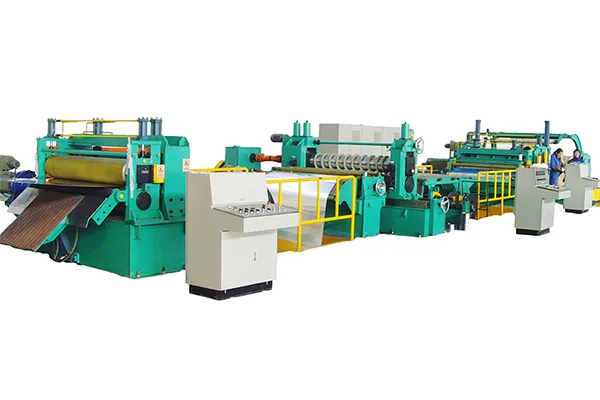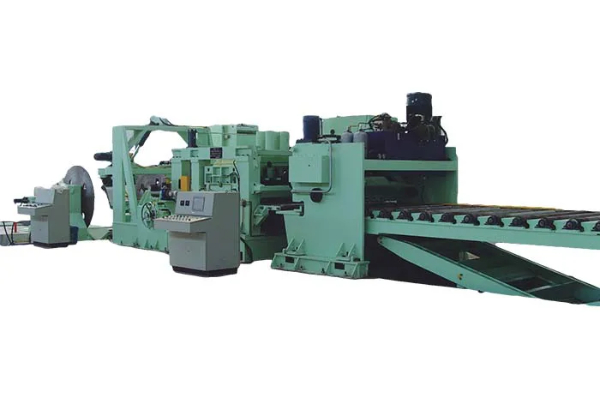
How to Achieve Precise Bends with a Sheet Metal Press Brake
- By:Metmac
- 2024-06-11
- 176
In the intricate realm of sheet metal fabrication, the precision of every bend holds paramount importance. Mastering the techniques of operating a press brake is akin to wielding a surgical scalpel, demanding meticulous control and unwavering accuracy. Here’s your guide to achieving immaculate bends that will make your metalwork gleam with precision.
1. Measure with Surgical Precision:
Before bending, meticulous measurements are the cornerstone of success. Use precision measuring tools, such as a vernier caliper or a height gauge, to determine the exact position and angle of each bend. Mark the sheet metal surface accordingly to serve as an unwavering guide.
2. Mastering the Die and Punch:
The choice of die and punch is crucial to the quality of bends. Select the correct size and shape to match the thickness and material of the sheet metal. Ensure the die opening is slightly wider than the sheet metal to prevent distortion and maintain a clean bend radius.
3. Proper Setup and Alignment:
A well-aligned press brake is essential for consistent bends. Adjust the die and punch to the desired angle and ensure they are precisely perpendicular to the sheet metal. Use back gauges and side stops to position the sheet metal accurately, eliminating any potential for misalignment.
4. Applying the Right Pressure:
The applied pressure during bending determines the sharpness of the bend. Experiment with different settings to find the optimal pressure that creates a clean and precise bend without overstressing or damaging the material.
5. Minimizing Springback:
Springback is the tendency of the sheet metal to recoil after bending. To minimize this effect, overbend the sheet metal slightly past the desired angle, allowing it to spring back to the exact position.
6. Using the Right Lubricant:
Applying a suitable lubricant to the die and punch surfaces reduces friction and prevents galling. Choose a lubricant specifically designed for press brake operations to ensure smooth bending and longer tool life.
7. Practice and Precision:
The art of precision bending is perfected through practice. Start with simple bends and gradually work your way up to more complex shapes. Repetition and attention to detail will hone your skills and ensure consistent results.
By adhering to these principles, you’ll elevate your press brake bending techniques to a new level of precision. Each bend will become a testament to your craftsmanship, transforming sheet metal into masterpieces of accuracy and beauty.
-
Mastering Form and Force: A Guide to Modern Metal Plate Bending Machines
2025/12/16 -
Demystifying Sheet Metal Laser Cutting Machine Price: The METMAC Value Perspective
2025/12/16 -
Metal Sheet Machinery: The Engine of Modern Fabrication and the METMAC Advantage
2025/12/16 -
Beyond the Bend: The Power and Precision of the Modern Sheet Profile Machine
2025/12/16
-
Advanced Sheet Metal Rolling, Laser Cutting, and Folding Machines for Precision Fabrication
2025/10/31 -
High-Performance Sheet Metal Bending and Cutting Machines for Modern Fabrication
2025/10/31 -
High-Quality Sheet Metal Equipment for Sale: Efficient Solutions for Modern Manufacturing
2025/10/31 -
High-Performance Sheet Metal Equipment for Sale: Forming and Shearing Solutions for Modern Fabrication
2025/10/22
-
Latest Technological Advancements in Rectangular Duct Machines
2024/05/11 -
Integrating Automation with Rectangular Duct Machines for Enhanced Productivity
2024/05/11 -
Metal Shear Machines- Essential Tools for Precision Metal Cutting
2024/05/11 -
Understanding the Role and Function of Steel Strip Slitting Machines
2024/05/11
-
A Guide to the Latest Innovations in Sheet Metal Folding Machines
2024/11/29 -
Key Features to Consider When Investing in a Sheet Metal Folding Machine
2024/11/28 -
Enhancing Precision with Advanced Sheet Metal Folding Machines
2024/11/27 -
How to Choose the Right Sheet Metal Folding Machine for Your Workshop
2024/11/26







